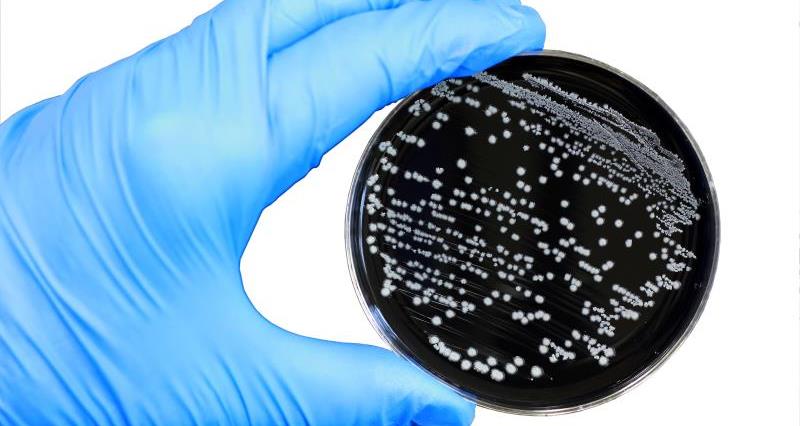Industry representatives and the FSA jointly agreed a target to reduce the prevalence of the most contaminated chickens from 27% in 2008 to below 10% by the end of 2016.
In year 1, over the period February 2014 to March 2015, the percentage of chickens testingpositive at the highest level of contamination was down to 19.7% and in year 2, July 2015 to March 2016, it was down to 11.4%.
The latest figures, for the period August 2016 to July 2017, show that the percentage is now well below the 10% target at 6.5%.
"The full year’s results from our third annual survey show the significant progress the industry has made in reducing campylobacter levels in chicken." Heather Hancock, FSA chair
FSA and industry funded research, together with initiatives such as Acting on Campylobacter Together (ACT), gave a better understanding of the bacteria and the range of effective interventions. These interventions combined with significant investment and dedication throughout the supply chain led to the encouraging results.
This, combined with FSA consumer awareness campaigns such as ‘Don’t Wash Raw Chicken’, has been reflected in a 17% reduction in human cases of campylobacter food poisoning in 2016.
Year 4 of the retail survey started in August with a focus on smaller independent retailers, butchers' shops and market stalls.
Year | Period | % of chickens tested positive at the highest level of contamination, (over 1,000 colony forming units per gram – cfu/g) – target 10% | % of chickens tested positive for the presence of campylobacter |
- | 2008 base year | 27.0 | - |
1 | February 2014 – March 2015 | 19.7 | 73.2 |
2 | July 2015 – March 2016 | 11.4 | 61.3 |
3 | August 2016 – July 2017 | 6.5 | 54.0 |
